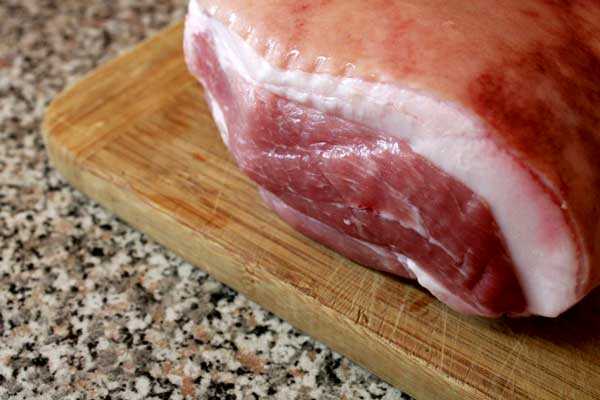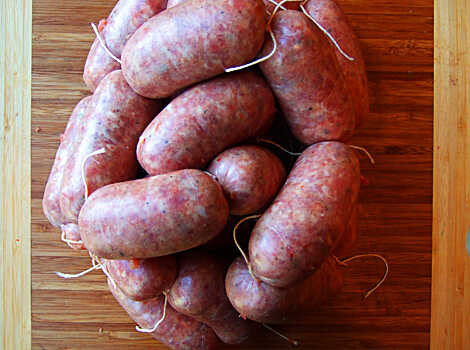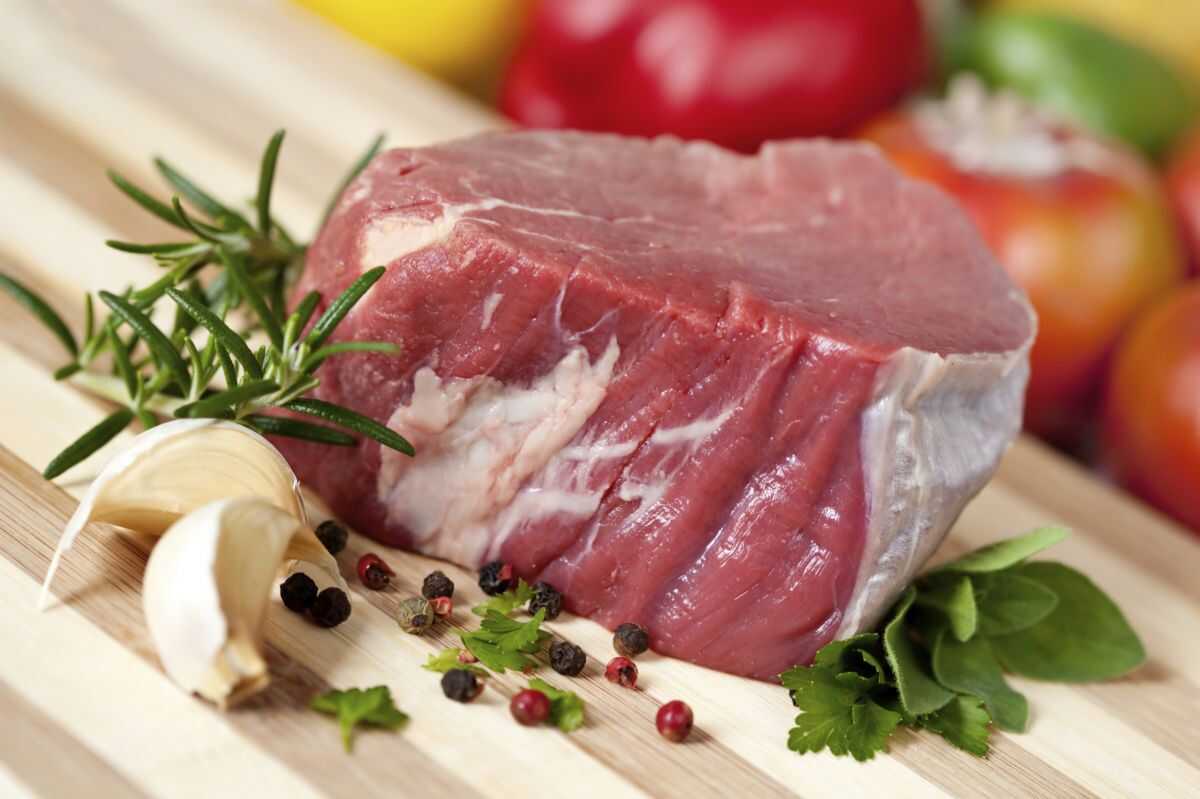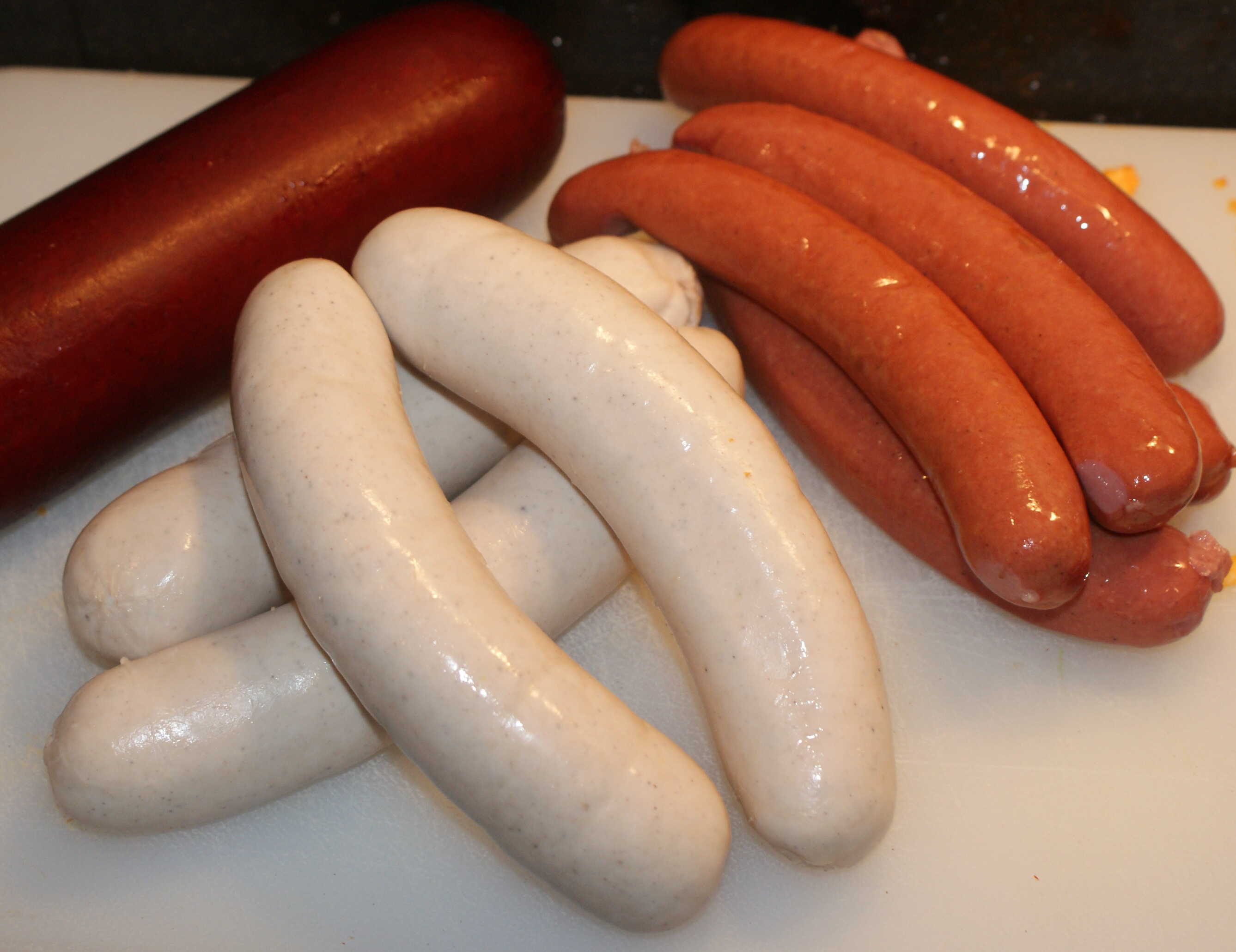
First make sure you understand how curing salt works. If you have questions about its functions in meat products, read the post curing salt what it is and how much to use Continue reading Posso usar sal de cura vencido?

First make sure you understand how curing salt works. If you have questions about its functions in meat products, read the post curing salt what it is and how much to use Continue reading Posso usar sal de cura vencido?

The meat emulsion consists of the connection (stable suspension) of water and fat with the meat protein. Normally, water and fat are unable to form bonds, and to make this bond possible, an emulsifying agent must be used. Meat protein serves as the “emulsifying agent”, or structure that makes it possible to stabilize these 3 components into a smooth, uniform mass. Myosin, the most abundant protein in meat, is the main encapsulator of fat and water particles. Continue reading Emulsão cárnea

List of main functional ingredients It is food additives used in charcuterie meat products, such as fresh, smoked and cured sausages, sausages, cooked hams, among others. Continue reading Funcionalidade dos aditivos alimentares cárneos

Rancidity or oxidative rancidity is mainly responsible for the deterioration of foods rich in lipids, such as meat, as it results in undesirable changes in the color, flavor, aroma and consistency of the food. Lipid oxidation involves an extremely complex series of chemical reactions that occur between atmospheric oxygen and unsaturated fatty acids in lipids. Continue reading Ranço ou oxidação nos alimentos

List of tips on ingredients and procedures for producing good homemade sausages, much better in quality and flavor than industrialized sausages. Grind or cut with a knife? Use curing salt? What casing to use? What type of fat to use? Continue reading Dicas para fazer linguiça caseira

Natural casings, commonly called natural casings, are products that have been used in the production of sausages for centuries. its function remained practically unchanged in terms of its appearance and artisanal composition.
Natural casings, which are made from parts of the animal's digestive tract, such as the small intestine, large intestine, bladder and esophagus, are treated to remove external fat and the internal mucosal lining. The natural casings are resistant and withstand the pressure to enclose the meat mass; are permeable to water vapor, gases and smoke; They are elastic and adhere easily when filling sausages, as well as when closing these products later. Natural casings can be dried and salted, and are suitable for filling artisanal, fermented, organic or low production demand sausages. This type of casing is mainly used on fresh sausages and bratwurst, Frankfurter and Viennese sausages.
See this other post for a comparative table between the types of casings for sausages.
Artificial casings, also known as artificial casings, emerged in the 20th century, when, in some countries, the production capacity for natural casings was exceeded. Over time, filling machines were developed that adapted to the requirements of these systems, especially with regard to obtaining uniformity in the casings. Artificial casings are classified according to their structure and composition and can be made from natural or artificial raw materials, made from synthetic material such as cellulose, edible collagen, non-edible collagen and plastic or synthetic material.
Artificial cellulose casings or artificial cellulose casings They are of plant origin and can be obtained from wood or cotton. This type of casing requires it to be submerged in hot water for thirty minutes before being used. Due to its high mechanical resistance and the adaptability of its volume (it expands when immersed in water; and, when drying the surface of the sausages, it does not create creases), it is very suitable for large diameter sausages. Artificial casings have important properties for certain products, such as impermeability to gases, smoke and water vapor. They are widely used in the manufacture of large-scale hot dog sausages.
Collagen wraps or artificial collagen casings emerged around 50 years ago, and their presence has been increasing. These casings are of animal origin and are derived from connective tissue, mainly from the skin, bones and tendons of cattle, pigs and, in some cases, chickens. Collagen casings are permeable to smoke and water vapor. Casings with small, thin diameters are made of edible collagen, and those with larger, thick diameters of 40 mm or more are made of inedible collagen. Collagen casings are typically most commonly used on fresh, raw sausages.
You plastic wraps or plastic artificial casings They are extracted from synthetic products and can be flat or wrinkled. They are made from polymers, such as polyamides, polypropylene or polyethylene. Nylon or Saran wrappers (trade name for polymers made with vinylidene chloride, together with other monomers) are the most common in the processing of cooked sausages such as mortadella and ham. They can be made with oriented or non-oriented polyamides. Oriented polyamides are shells that can wrinkle during the baking treatment, therefore a reduction in volume occurs due to water loss. Non-oriented ones maintain the same diameter during processing because they allow the meat to expand during cooking; They are highly impermeable to gases and water vapor and cannot be used in sausages that require drying, maturation or fermentation processes.
Some of benefits of natural casings or casings are:
Some of disadvantages of natural casings or casings are:
Storage time depends on temperature:
The storage period may be affected if intestinal fat is present.
Some of benefits of artificial collagen casings or casings are:
Some of disadvantages of artificial collagen casings or casings are:
Some of benefits of synthetic casings or casings are:
An advantage of synthetic casings is that they can be used to enclose a huge variety of processed meat products, depending on what you have in mind.
Some of disadvantages of artificial collagen casings or casings are:
Because they are made from PVDC (polyvinylidene chloride), they contain phthalates (used to make the plastic more malleable) and pose risks to the endocrine system, especially in children.


Mold can be a very serious and recurring problem both in homes and in factories and artisanal production environments. Below are some guidelines for efficient products and methods for cleaning surfaces contaminated with fungi. Continue reading Dicas para remover o mofo

The muscle is made up of a structural unit, the fiber, and a functional unit, the sarcomere. There are three basic types of muscles, skeletal striatum, cardiac striatum and visceral voluntary muscle. Continue reading Ciência da carne
